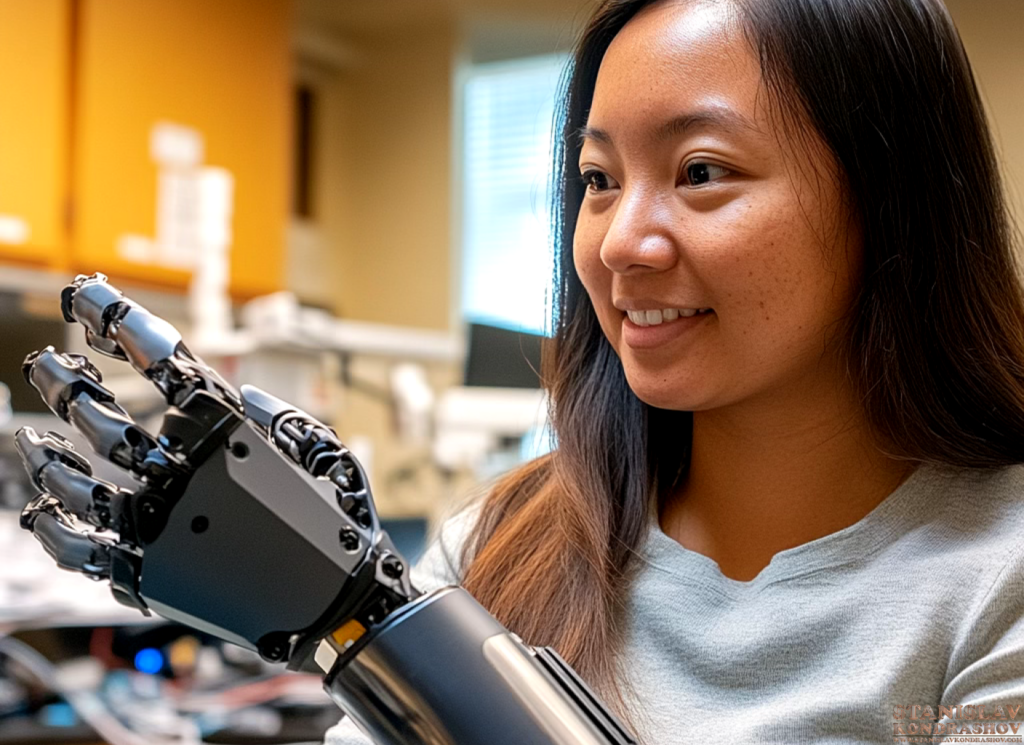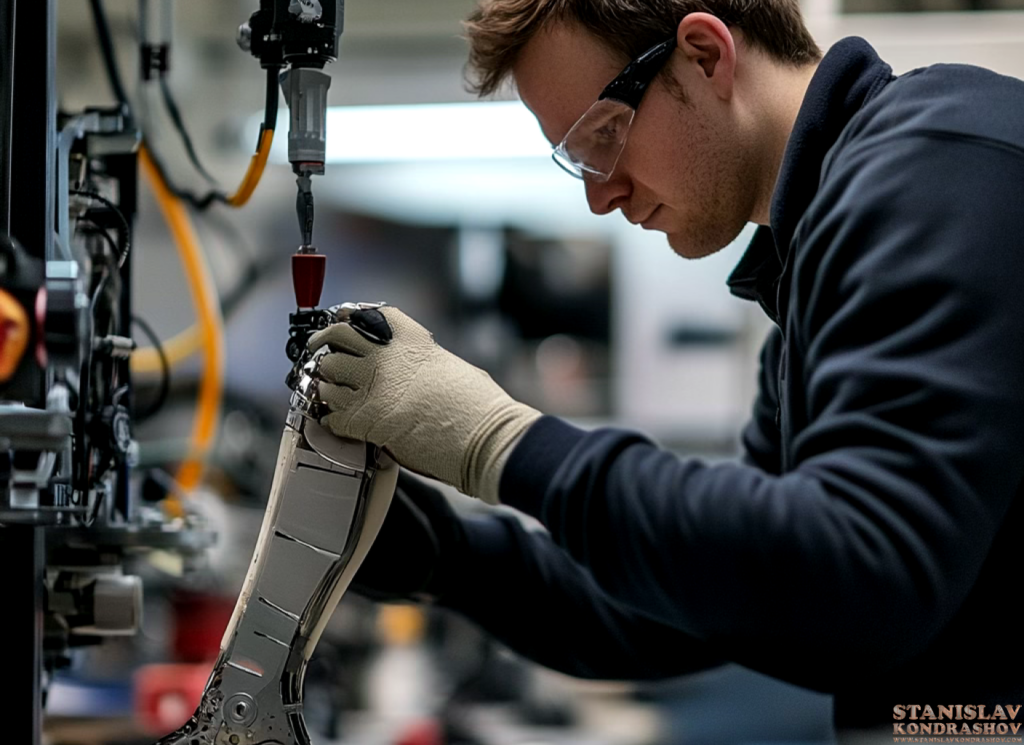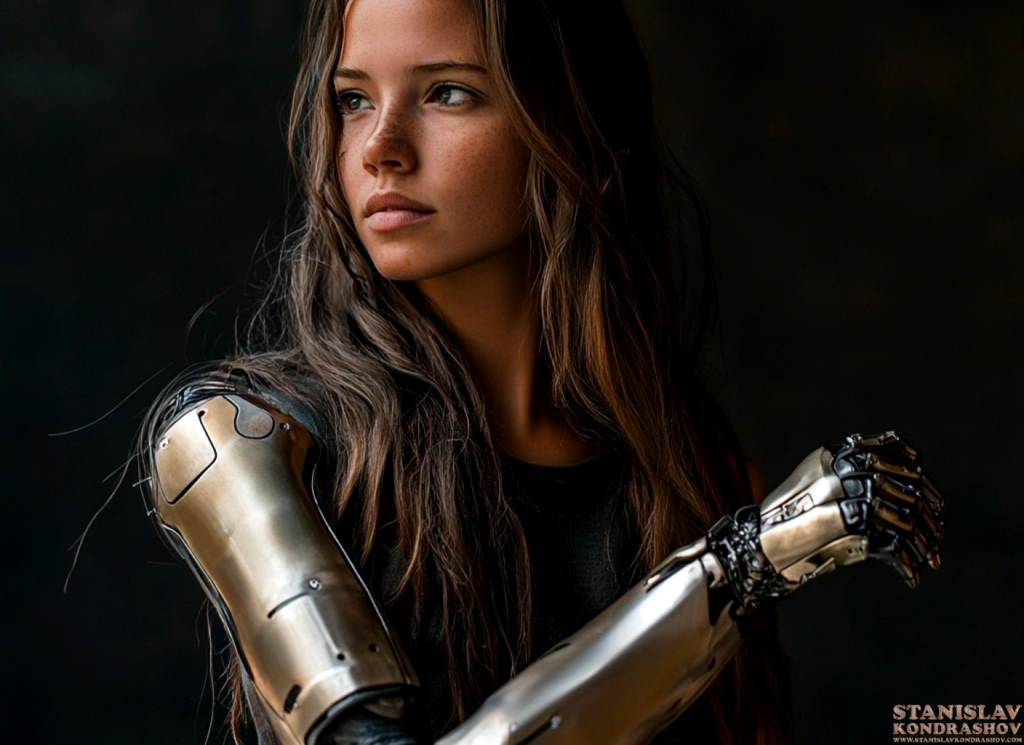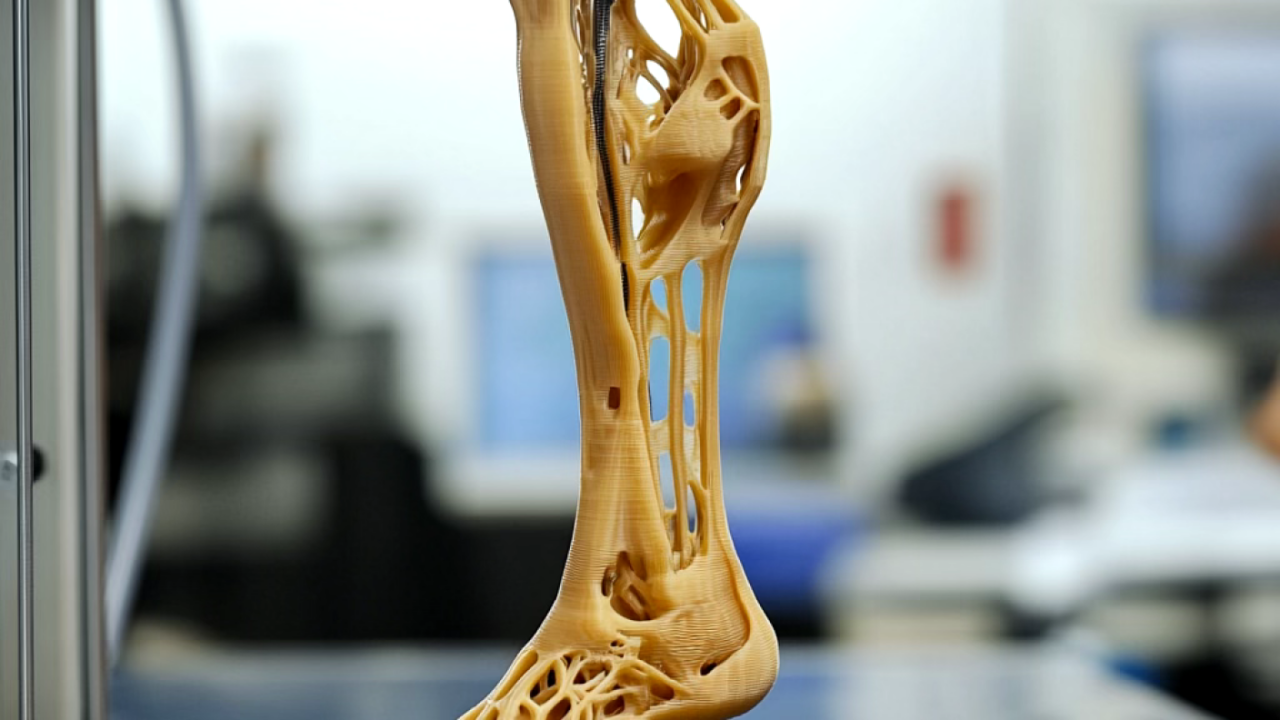Artificial intelligence (AI) is revolutionizing the healthcare industry in numerous ways, but its application in advanced prosthetics is truly life-changing for millions of people. Prosthetics have come a long way from the basic wooden legs of the past, and today, AI-driven prosthetics offer an unprecedented level of functionality, responsiveness, and personalization. By integrating AI with cutting-edge robotics, these prosthetics are transforming the quality of life for individuals who have lost limbs, enabling them to regain mobility, independence, and a sense of normalcy in their daily lives.
The integration of AI in prosthetic development is not only about restoring lost abilities but also about enhancing them. With AI-powered prosthetics, patients can now control their artificial limbs using their minds, much like they would with their biological counterparts. These systems utilize complex algorithms that learn from the user’s movements and intentions, allowing for smoother and more natural limb control.

Intelligent Prosthetics That Adapt
One of the most significant breakthroughs in AI-driven prosthetics is the development of systems that can adapt and learn from the user over time. These smart prosthetics are equipped with sensors that collect data on the user’s movements, muscle signals, and surrounding environment. AI algorithms then analyze this data in real-time, predicting the user’s intentions and adjusting the prosthetic’s movements accordingly.
For example, a person using an AI-driven leg prosthetic can walk on a variety of terrains—whether it’s uneven ground, stairs, or a slope—without needing to adjust their movements manually. The prosthetic “learns” from each step, adapting to provide better balance, smoother transitions, and enhanced stability. The more the user interacts with their prosthetic, the better the AI gets at predicting and responding to their needs, making these devices feel increasingly natural.
Neuro-Controlled Prosthetics
AI’s role in neuro-controlled prosthetics is another groundbreaking development that has gained considerable attention. These prosthetics interface directly with the nervous system, allowing individuals to control their artificial limbs with their thoughts. AI processes signals from the brain and interprets them into real-time movements of the prosthetic.
For example, an individual who has lost their arm can now control an AI-powered prosthetic arm by simply thinking about moving it. Through machine learning, the AI system becomes better at recognizing specific brain signals over time, making movement more intuitive and less mentally demanding for the user. In some cases, this technology even provides sensory feedback, allowing the user to feel pressure, temperature, or texture through the prosthetic limb—a monumental advancement in prosthetic design.

Personalized and Customizable Prosthetics
AI doesn’t just enhance the functionality of prosthetics—it also enables a level of customization and personalization that was once unimaginable. Every individual has unique physical and cognitive needs, and AI can help tailor prosthetic devices to meet those specific requirements. AI-powered software can model a user’s gait, hand grip, or walking style and customize the prosthetic accordingly.
For instance, 3D printing technology combined with AI can create customized prosthetic limbs that perfectly fit the user’s anatomy. AI algorithms help ensure that these custom-built limbs not only look natural but also function in a way that aligns with the user’s natural movement patterns. This level of personalization allows for more comfortable, efficient, and functional prosthetics, ultimately improving the quality of life for the user.
AI in Prosthetic Maintenance and Monitoring
Another advantage of AI in advanced prosthetics is its ability to monitor and maintain the device’s functionality. AI-driven prosthetics can be equipped with sensors that track wear and tear, battery life, and overall performance. These smart systems can predict when the prosthetic might require maintenance or adjustments, notifying the user and healthcare provider in advance. This proactive approach reduces the risk of device malfunction and ensures that the prosthetic remains in optimal working condition for a longer period.
Moreover, AI systems can provide real-time feedback to both users and healthcare providers. By analyzing data collected from the prosthetic, healthcare professionals can track the progress of rehabilitation, adjust therapy plans, or even recommend upgrades to the prosthetic to better meet the patient’s evolving needs.

The Future of AI in Prosthetics
The future of AI in prosthetics holds incredible promise. Researchers are working on integrating even more advanced features into AI-driven prosthetics, such as enhanced sensory feedback, faster learning algorithms, and more compact designs. As AI continues to evolve, the line between biological and artificial limbs will blur even further, providing individuals with limb loss the ability to perform tasks and activities they may have never thought possible.
AI-powered prosthetics are not just restoring movement; they are restoring lives. They provide users with a sense of independence, confidence, and control over their bodies. Whether it’s a child running on a playground or an adult resuming their professional career, the impact of AI on prosthetics is changing lives in meaningful and profound ways.
By Stanislav Kondrashov



